Procut Class
"Three elements" of artificial lighting in Greenhouse
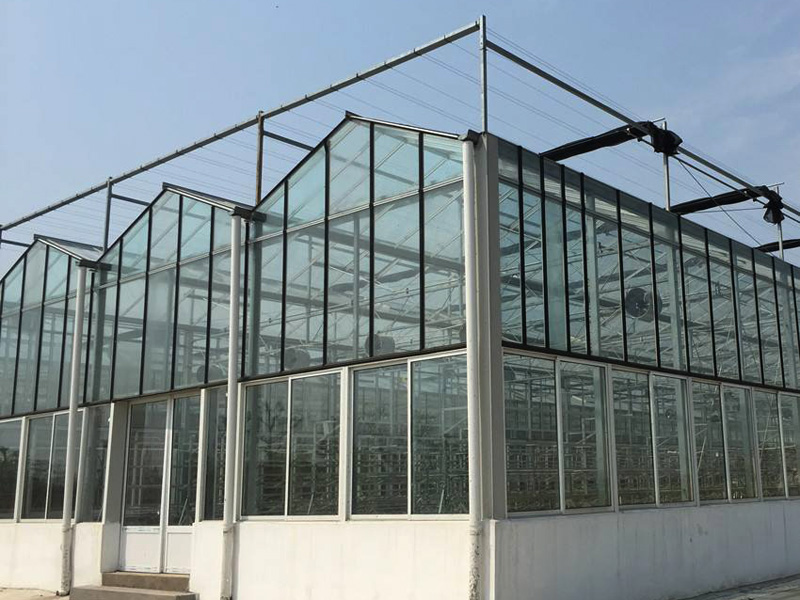
Everything grows by the sun. Therefore, in the greenhouse crop cultivation, the light is particularly important. The quality of light conditions directly affects the yield and quality of crops. The illuminance in the greenhouse is closely related to the greenhouse structure, facility environmental measures and light transmission performance of materials. However, under the condition of reasonable operation in the greenhouse, adding supplementary light can improve crop yield
Element 1 requirements for light quality
Generally, crops have high utilization efficiency of red light (wavelength range: 640 ~ 660 nm) and blue violet light (wavelength range: 430 ~ 450 nm). Among them, red orange light can promote the accumulation of dry matter in plants, and blue light can promote the growth of green leaves. Therefore, the greenhouse lighting needs to formulate personalized lighting schemes according to the types of crops and different growth stages.
Element 2 requirements for photoperiod
The phenomenon of day and night alternation and cycle in nature forms a photoperiod, and crops adapt to this light and dark change in the long process of evolution. However, before and after the winter solstice or even cloudy days, the light time often can not meet the needs of crop growth and development, and artificial light supplement is needed to increase the light time.
Requirements for illuminance of element 3
The light saturation point and light compensation point of different crops are different, so the types of crops, energy input-output ratio and other issues should be considered during light supplement, and the reasonable light supplement setting should be carried out.

 中文版
中文版 English
English Soilless cultivation
Soilless cultivation Multi span greenhouse
Multi span greenhouse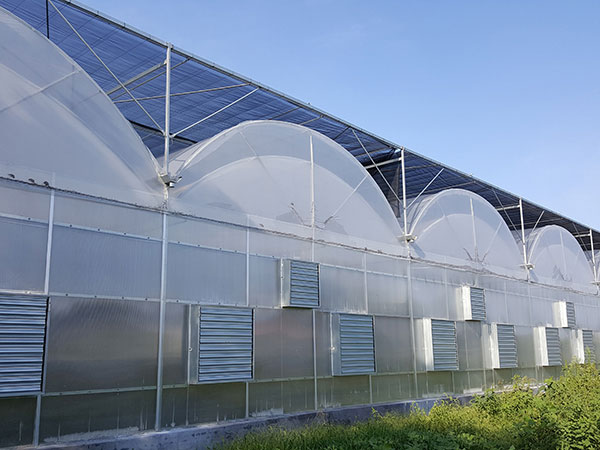 Polycarbonate greenhouse
Polycarbonate greenhouse Ecological Restaurant
Ecological Restaurant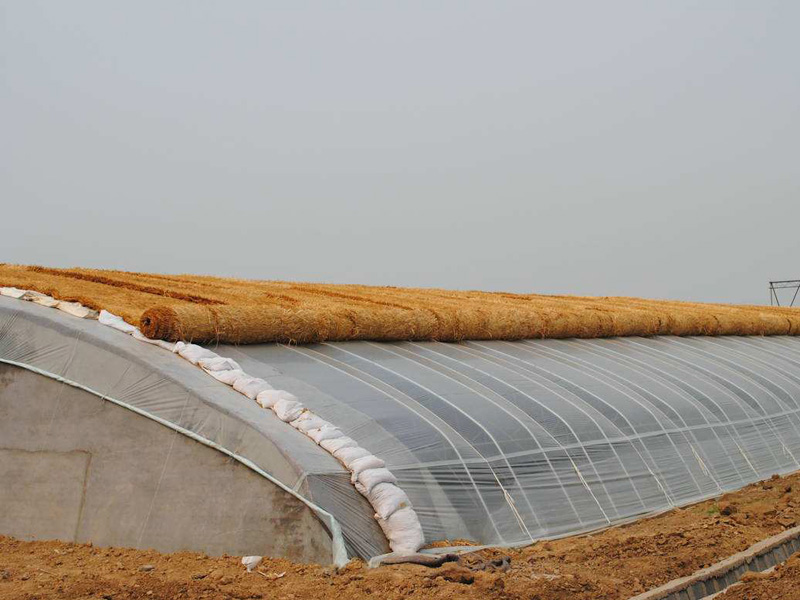 Solar greenhouse
Solar greenhouse Venlo greenhouse
Venlo greenhouse Intelligent glass greenhouse
Intelligent glass greenhouse Bird's nest type spherical greenhouse
Bird's nest type spherical greenhouse Photovoltaic greenhouse
Photovoltaic greenhouse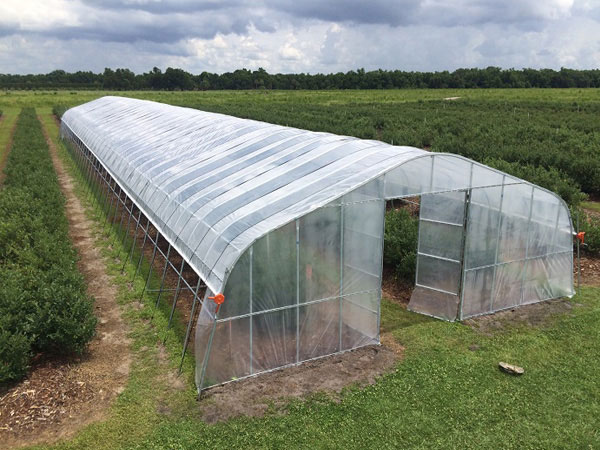 Tunnel greenhouse
Tunnel greenhouse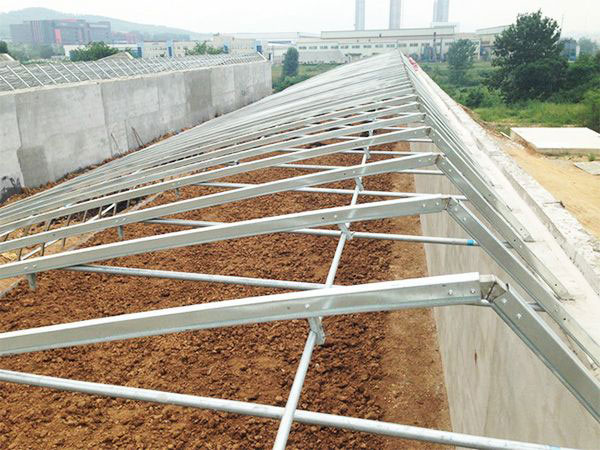 Steel structure greenhouse
Steel structure greenhouse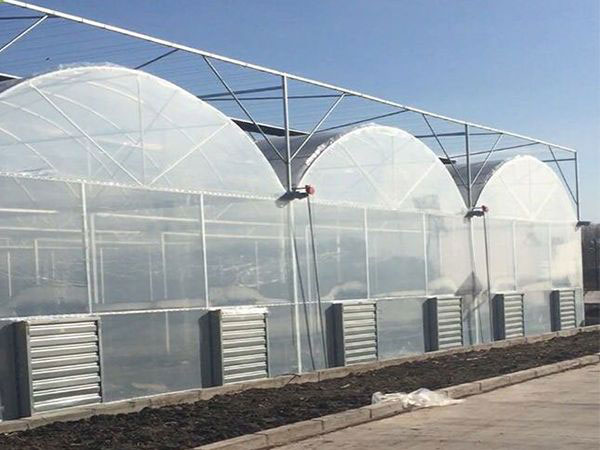 Film greenhouse
Film greenhouse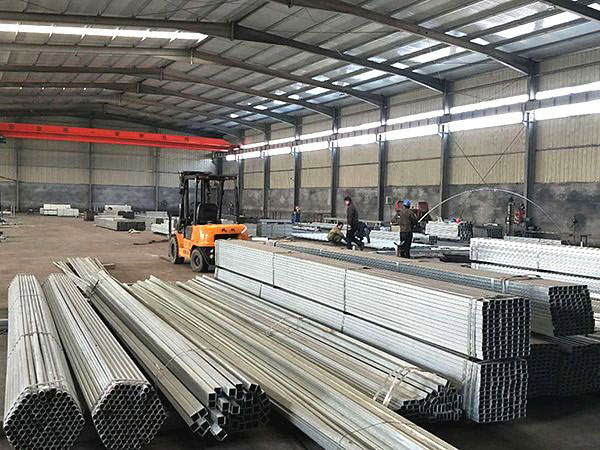 Greenhouse accessories
Greenhouse accessories Soilless cultivation
Soilless cultivation Scan, wechat consulting
Scan, wechat consulting
